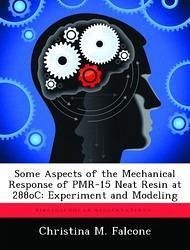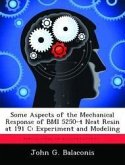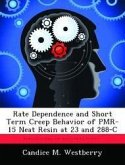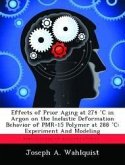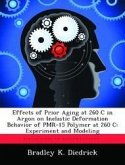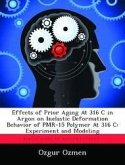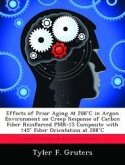The mechanical response of PMR-15 neat resin was investigated at 288 -C. The effect of loading rate on monotonic stress-strain behavior was explored in monotonic tests at several constant stress rates. Considerable rate dependence was observed, especially on the unloading path. Effect of prior stress rate on creep behavior was evaluated in creep tests preceded by uninterrupted loading to a target stress where loading rate was changed from test to test. Creep response was dependent on the prior stress rate. Effect of loading history was studied in stepwise creep tests, where specimens were subjected to a constant stress rate loading followed by unloading to zero stress with intermittent creep periods during both loading and unloading. Comparison of creep strains accumulated during a stepwise creep test to those accumulated during creep preceded by uninterrupted loading indicate that the prior stress history affects the creep behavior. Negative creep as well as creep rate reversal was observed on the unloading path. A nonlinear viscoelastic model (Schapery's formulation) was characterized using creep and recovery tests at 288 -C. The model was verified by comparing the predictions with experimental results obtained in monotonic loading/unloading tests and single-step as well as multi-step creep tests. The model qualitatively predicted creep response to single- and multi-step creep tests, including negative creep and creep rate reversal during unloading. However, predictions were not quantitatively accurate. The model was unable to accurately predict the recovery behavior and could not account for rate effects.

